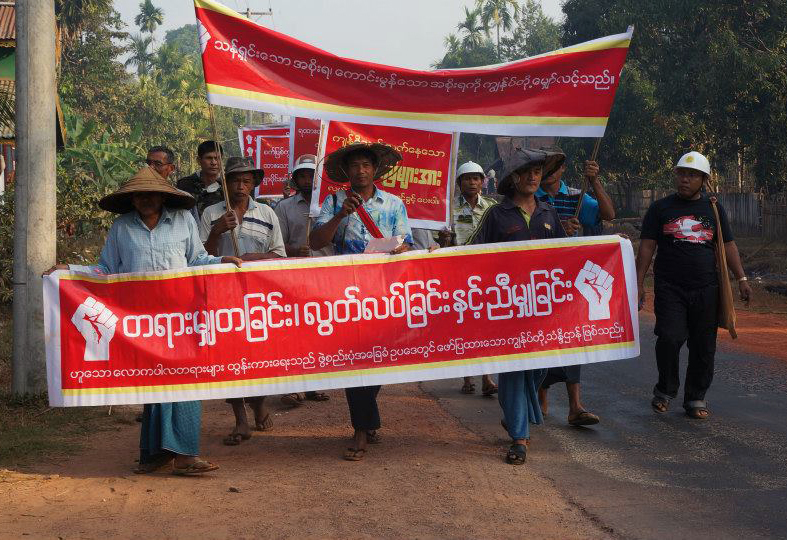|
|
|
As the government meets to design a “roadmap” for developing the new national land law, TNI looks at how the situation has changed since the development of the National Land Use policy a few years ago and reflects on the issues at stake for millions of people across the country with rights to land in the current context. Will the eventual roadmap design entail a quick and superficial process, which would likely end up favoring a pro-business outcome in terms of the content of the new national land law? Or, will it entail a slow and consultative process, which may – if combined with certain other conditions -- increase the chances of a more social justice-oriented outcome? Good process is needed for good outcomes, if that is what we are aiming for. In the current context, a good NLL making process alone will not be sufficient. But it will at least be necessary – alongside other elements – if there can be any hope of overcoming injustice and mistrust to start forging a new path in the longer road to real land reform that is capable of contributing to peace, democracy and justice.
These commentaries are intended to contribute to a broader understanding to the many challenges facing the country and its peoples.
See the complete list of all the Myanmar commentaries.
|
|
|
|
 Farmers protesting against land confiscation in Thayetchaung township, Thanintharyi region / Photo credit Yukari Sekine Farmers protesting against land confiscation in Thayetchaung township, Thanintharyi region / Photo credit Yukari Sekine
|
|
|
|
|
|
|
| |
| “Not About Us Without Us”: Legitimate national land law making by design |
|
A Myanmar Commentary by TNI
17 December 2019
Introduction
As the year 2019 comes to a close, the struggle over rights to land in Myanmar has reached a new turning point. On December 18-19, 2019, the government will hold a workshop in Nay Pyi Taw to plan the official process (at least on paper) for making a new National Land Law (NLL) – the so-called “NLL Roadmap”.
Whatever its shape and substance, the new land law will eventually clarify the direction the Union government will take the country in not only in terms of rights to land. The new land law will also clarify the terms of “national development” and which development trajectory will be taken, and in so doing, will also clarify who will have to bear the costs of that choice.
As such this meeting may mark the beginning of an important turning point.
Will the eventual roadmap design entail a quick and superficial process, which would likely end up favoring a pro-business outcome in terms of the content of the new national land law? Or, will it entail a slow and consultative process, which may – if combined with certain other conditions -- increase the chances of a more social justice-oriented outcome?
If a new national land law has a chance of being seen as legitimate in the eyes of those whose lives will be most affected by it, then serious attempts will have to be made in the NLL Roadmap to embrace and operationalize the principle of “not about us without us”.
|
|
|
|
|
|
| |
|
|
|